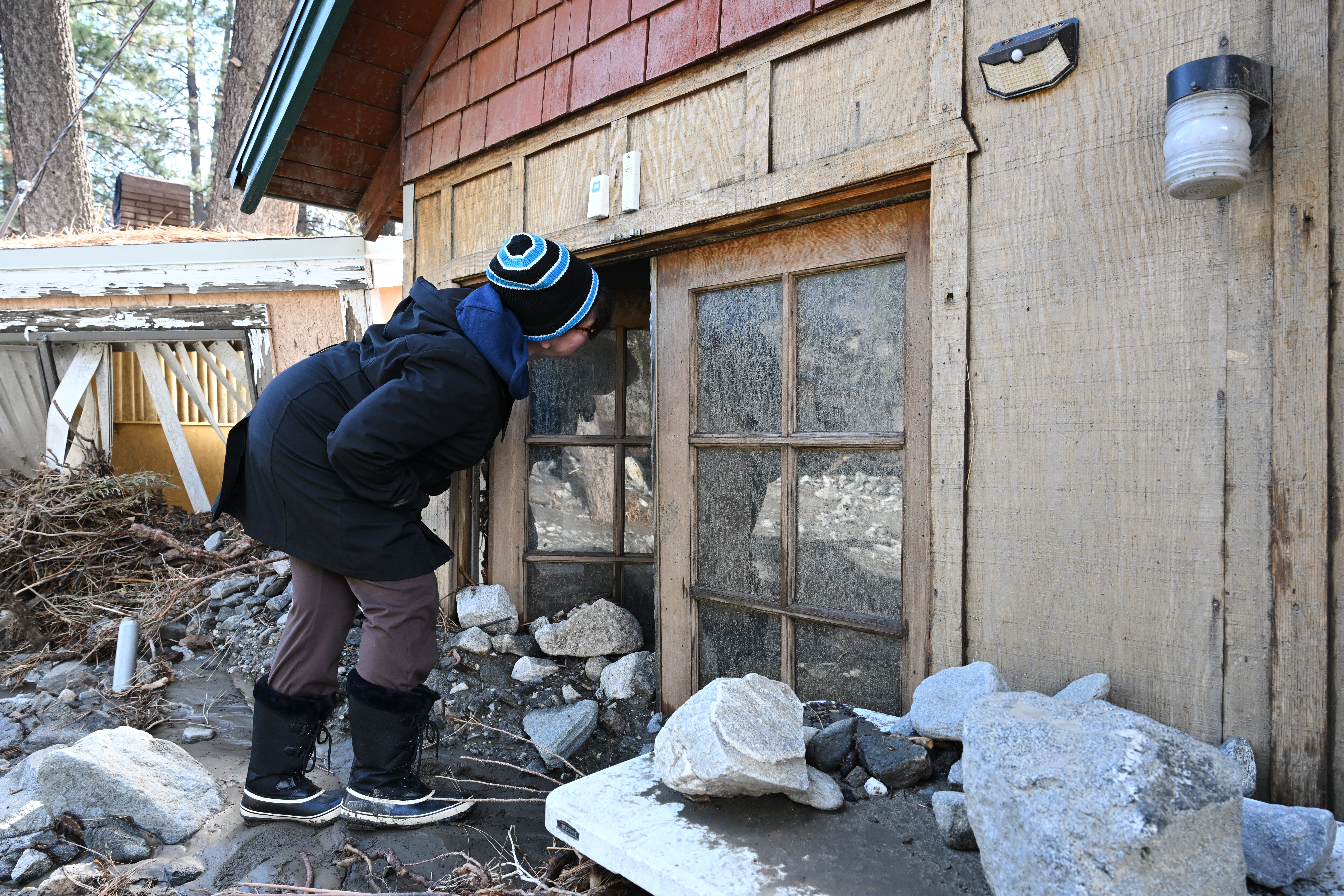October is a windy time for southern California — and the Santa Ana winds aren't your everyday gusts. Thanks to where and when they arrive, these wind events are especially good at spreading infection, knocking out the power, and helping to propel serious wildfires.
In the fall months, cool air in areas of high pressure over Nevada moves to areas of lower pressure over the Pacific Ocean. That's how we get most wind. But this wind also gets faster and hotter as it flows downhill from higher elevations, and the mountain passes it moves through in California act like a series of funnels that speed it up even more.
By the time this wind hits the coasts of southern California, it can reach major hurricane speeds. Some gusts have registered at more than 150 miles per hour. They can knock down trees and power lines, and even vehicles.
The winds blow around fungal spores that spread the flu-like Valley Fever, and they pick up smoke and ash that can cause respiratory trouble.
And most of all: Hot, fast winds are a recipe for explosive wildfires, especially when they arrive after dry summer spells. Santa Ana winds have fanned some of the most dangerous and destructive fires California has ever seen, and help make October the state's worst month for fires overall.




 How Smoke From Wildfires Affects Your Health
How Smoke From Wildfires Affects Your Health






